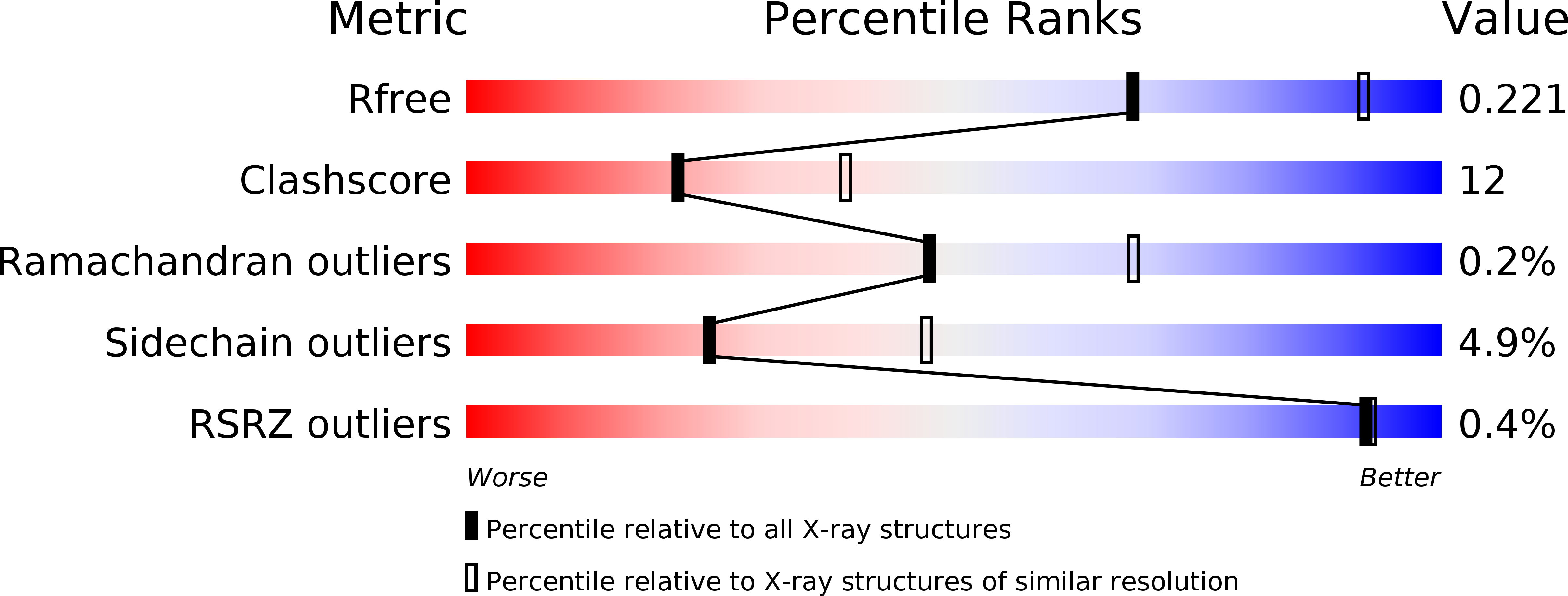
Deposition Date
2005-03-16
Release Date
2005-05-24
Last Version Date
2024-11-06
Entry Detail
PDB ID:
1Z4X
Keywords:
Title:
Parainfluenza Virus 5 (SV5) Hemagglutinin-Neuraminidase (HN) with ligand Sialyllactose (soaked with Sialyllactose, pH8.0)
Biological Source:
Source Organism:
Simian virus 5 (Taxon ID: 11207)
Host Organism:
Method Details:
Experimental Method:
Resolution:
2.50 Å
R-Value Free:
0.22
R-Value Work:
0.19
R-Value Observed:
0.20
Space Group:
P 61 2 2


